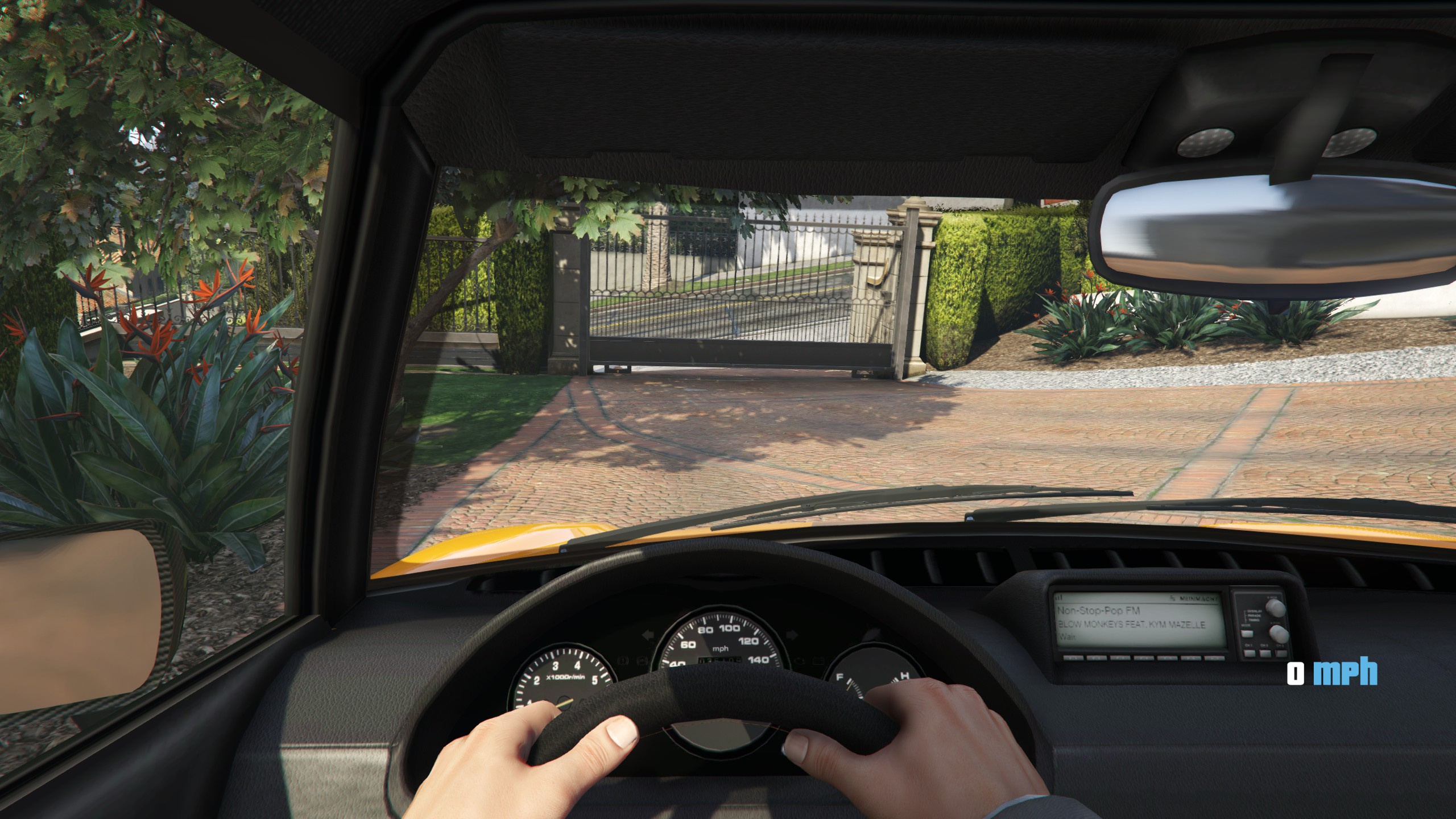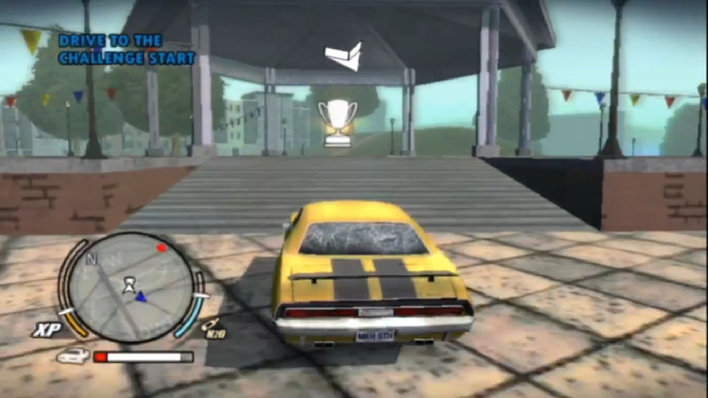

Either of these two lane-tracking assist systems operates in parallel with the driver. We evaluate two different control designs, one based on multivariable output regulator theory (ORT), and the other based on model predictive control (MPC). We are particularly interested in the way the driver s steering effort changes in the presence of a lane-tracking steering-assist system compared to the unassisted case after incorporating a perceptual/physiological driver model as part of the control design. In this paper we investigate the active connection between a lane-tracking control system and an existing driver model and evaluate their interaction. A robustness analysis in terms of driver parameter uncertainty is also provided. Finally, the authors in use a two-point visual driver model along with a preview controller to perform assisted lateral steering. Furthermore, the authors in used a simple driver model that does not take into account the two-point perceptual driver input. However, they achieved this objective with the use of active-steering and yaw moment control, instead of a torque-based steering assist system as is proposed in this paper.

Similarly to the current paper, their objective was assisted lane-tracking. Additionally, the authors in presented a control design based on the driver model by. The authors in developed a complete model for lateral steering control that integrates many of the previously existing driver models. More recently, Salvucci developed a two-point visual control model, in order to steer the vehicle. The interconnection between the different subsystems: (a) vehicle, (b) motion and vision kinematics, (c) driver, and (d) steering column. Tsiotras is Dean s Professor at the School of Aerospace Engineering, Georgia Institute of Technology, Atlanta, GA, USA, Fig. Zafeiropoulos is a graduate student at the School of Aerospace Engineering, Georgia Institute of Technology, Atlanta, GA, USA, P.
#How to use steering wheel on driver san francisco pc drivers
The idea that human drivers use a two-tier perception system while driving has also been confirmed by several studies, especially in the pioneering S. In the author introduced the idea of the two-level driver model, where the steering task is divided in two levels, an anticipatory open-loop control mode and a closed-loop compensatory mode that handles deviations from the reference. In the authors present a model that mimics driver behavior during a path following task. Numerous vehicle steering systems designs exist in the literature, but works investigating the interaction between the driver and the steering system are rather scant.

Even though these techniques provide excellent performance, their optimization-based methodology makes them often difficult to implement on-line. An alternative approach promotes the use of lateral preview control. In and different control schemes for the design of autonomous lanefollowing/tracking control systems are given, and a lookahead distance is used in order to calculate the offset of the vehicle center of mass from the reference trajectory. One approach for automatic roadway tracking is presented in, where the authors introduced several design methodologies for both lane estimation and lane tracking. INTRODUCTION The idea of autonomous steering has long been a popular research area in the automotive industry due to its applicability to passenger cars for active safety and comfort (e.g., autonomous lane-following systems). The performance of both controllers and interconnections is compared and evaluated using three different drivers and also against a unassisted driver-only scenario. In the second interconnection the control design takes into consideration the driver model, and the control steering command is shared between the lane-tracking steering assist system and the driver. In the first interconnection the controller is blind to the driver s actions, and an appropriate blending of the controller and driver actions is used in order to steer the vehicle. We present two different driver-vehicle interconnections and two different control designs that assist the driver in the lanetracking task the first design is based on linear multivariable output regulator theory, and the second design is based on model predictive control (MPC) theory. 1 Design of a Lane-Tracking Driver Steering Assist System and Its Interaction with a Two-Point Visual Driver Model Spyridon Zafeiropoulos Panagiotis Tsiotras Abstract In this paper we investigate the design of a lanetracking driver-assist system and, in particular, its interaction with the well-known two-point visual perception driver model.


 0 kommentar(er)
0 kommentar(er)
